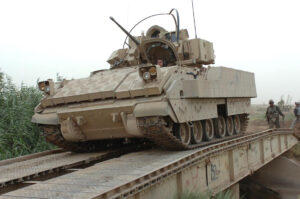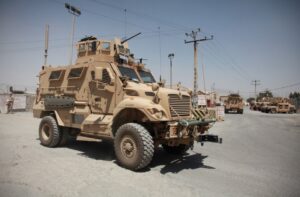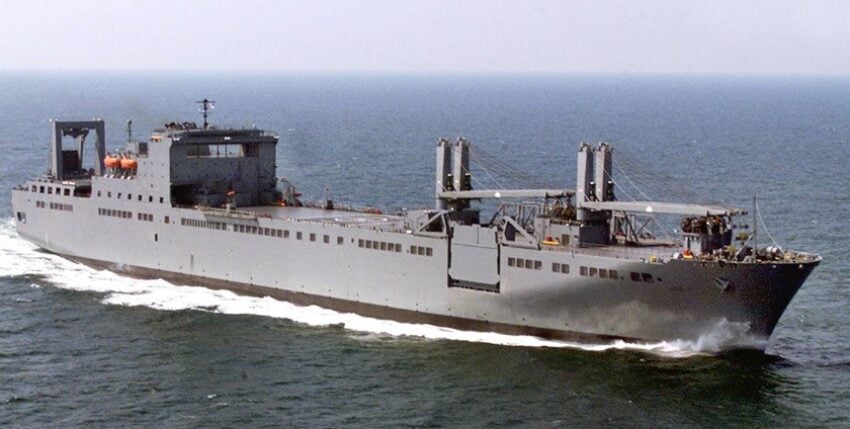In the harbour town on the Weser, the incoming and outgoing ships have always been registered - and the profile changes with every change in the general weather situation. After the war, as before, it was the traditional fishing vessels of the fishing industry in the southern part of the city and the American military transporters that supplied the Western Alliance's gateway north of the Geeste. Fishing had already died out in the 1970s, and the flow of material from the USA dried up in the 1990s. This marked the transition to the ever larger container ships and later the huge car ferries that ensured the transport of the German automotive industry. Now a change is once again being recognised that has to do with the turning point: Bremerhaven is returning to its old role as a transshipment centre for military equipment from the USA.
Changed situation

Since the beginning of February, large transport ships, some of them grey, have been calling at the port city every week to lighten military vehicles and ammunition. Nordenham, on the opposite bank just outside Bremerhaven, is the transshipment point for the hazardous goods, with the rolling stock then disembarking in the northern harbour via the Nordschleuse lock. Even if it is hundreds of armoured personnel carriers (Bradley), armoured, protected (International MaxxPro) or other vehicles that move on their own axles or on low-loaders to the onward terminals, it is more likely to be material that replaces armaments already shipped eastwards from Western Europe and replenishes stocks. After the Bremerhaven terminal, the large RO-Ro ships continue via the Skagerrak to the eastern Baltic Sea, usually Gdynia, because the rail route from there to the Ukraine is only half as long as from Germany.
Previous sequence

At the beginning of the month, it was the "Arc Integrity" that delivered its cargo, then a week later the "Endurance" - most recently on 24 February, the anniversary of the Russian invasion of Ukraine, it was the "Leroy A. Mendonca" (T-AKR 303, "Bob Hope" class, 290 metres, 63,000 tonnes) of the U.S. Military Sealift Commandwhich squeezed through the lock. With 100,000 square metres of heavy-duty open space, the quay facilities in the northern Kaiserhafen offer the best conditions for unloading and temporarily parking heavy material. As the flow of material from the USA is expected to intensify further, Bremerhaven is already preparing for the arrival of a large number of these grey logistics platforms from the US Navy.
On-site reporting
Everything is described and richly illustrated in the reports of the Bremerhaven "Nordsee-Zeitung", where the events are recorded in detail.










